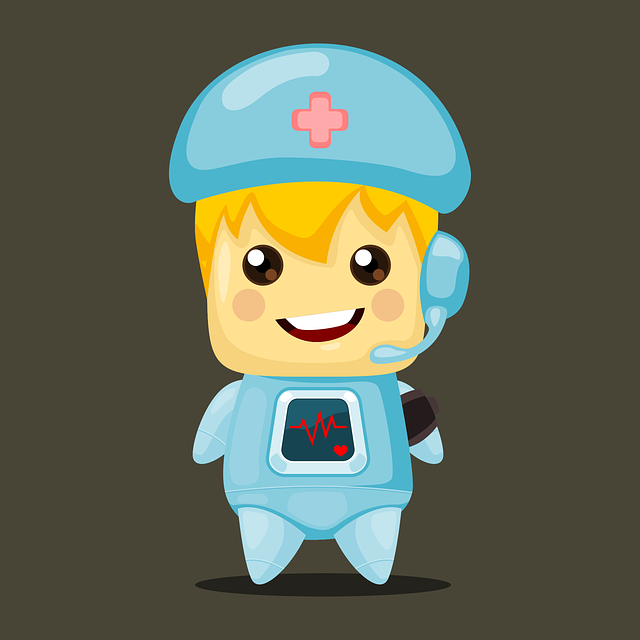In the past on this site there has been discussion of using an outcomes data registry for dentistry and a quality data registry in dentistry to help assess complications, outcomes, and treatment effects in dentistry. A data registry is used to monitor what occurs in clinical practice on a regular basis to help with quality of care improvements and more satisfied patients. In recent years, an explosion of data has occurred due to advances in information technology which has led to the area of dental informatics. An interesting article titled “Health Data in Dentistry: An Attempt to Master the Digital Challenge,” written by Tim Joda et al. appears in the 2019 issue of Public Health Genomics (no. 22, pp. 1-7, Published Online Aug. 7, 2019). The article discusses a blueprint to master the challenge of health data collection, sharing and analytics, along with a forecast of upcoming developments of artificial intelligence (AI) in oral healthcare and dental research.
The article discusses how health data is only useful if it is collected in a systematic fashion. This proves challenging because many databases today are not compatible with each other. However, electronic health records now being used have allowed for more structured digitalized documentation. Even so, the authors point out that the lack of standardized formats and terminology in dentistry for capturing data creates challenges such as missing or incomplete data. The authors state
“Uniform data standards in terminology, diagnostics and treatments, and software applications are crucial for value-based healthcare, which emphasizes better service and improved health outcome at a lower cost.”
Another concern with health data is the ethical use of that data. In the article Tim Joda et al. explain how a universally accepted general patient consent may be useful for patients to agree to when any health data is collected so that their data can be stored un-anonymized. Even so, data anonymization plays an important role with removing any privacy and personally identifiable information from datasets. One challenge pointed out, is that even with data anonymization it may be possible to re-identify individual patients from anonymized data sources and keeping patient’s privacy is important. The authors state
“…the delicate handling of dental biobanks with sensitive patient material, such as saliva, blood and teeth, must be clarified, as these samples could be used for genetic analysis.”
Ultimately, the authors argue for data interoperability to enable the secure exchange of electronic health information. The authors acknowledge that large data sharing efforts can encounter regulatory hurdles but feel that analyzing larger amounts of data can help improve patient care. This is because it has potential to help provide clinical decision support for new treatments, identify currently unknown correlations of diseases, detect new biomarkers, perform risk analysis, and help facilitate the evaluation of the healthcare system. The authors argue that shared decision making is needed to ensure that treatments are consistent with patient’s ideas and preference. They also feel that patients should be steered toward the most effective evidence based services.
In the article, it is discussed how digital data storage costs have been falling along with access to statistical software tools to perform data analytics. Even so, personnel costs are still present such as needing those experts with the skills such as possessing a master data management and increasing. Thus, the authors feel that an open digital ecosystem is needed to help with efficient and cost-effective biomedical research to enhance oral health.
When discussing dental AI applications it is mentioned that the analysis of the relationship between prevention and treatment techniques in the field of public health along with analytics of patient outcomes should occur. The authors mention how a virtual dental patient can created using 3D medical imaging files of the skull, the facial soft tissue, and the dentition which can be useful in clinical scenarios and indications including: (1) preoperative clinical assessment and simulation of treatment planning; (2) postoperative follow-up; (3) to advance communications; and (4) as a training tool in dental education. The authors also discuss the use of robots being used to assist dentists with procedures such as root canal surgery and orthodontic operations and expect this to continue to grow in upcoming years.

In the conclusion of the article in Public Health Genomics the authors state
“…key aspects need to be considered for the establishment of a standardized data collection system that allows the real-time linkage of patient information from disparate data sources…and prompt data analysis to determine trends, risk factors…treatment outcomes, which…guide clinical decisions, research directions, and policy recommendations…[t]he goal must be…to translate evidence into practice and policy quickly.”
It is also mentioned that research should be aligned with key questions in dental research. Some of these questions include high quality clinical research with large sample sizes and early identification of emerging health issues. If one can master the challenge of health data in dentistry this could certainly lead to improved patient outcomes, better quality of life, and value-based dental care.
